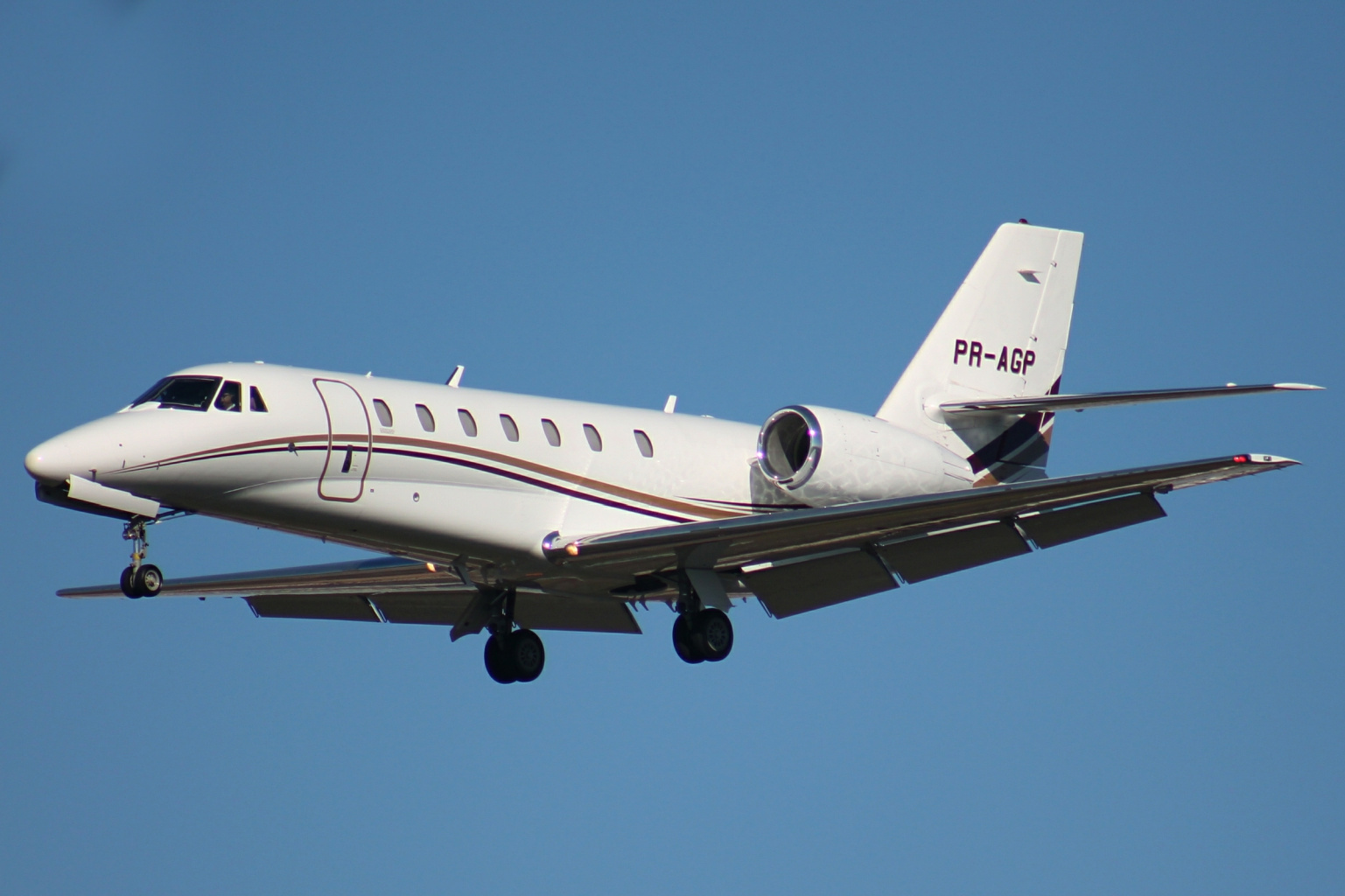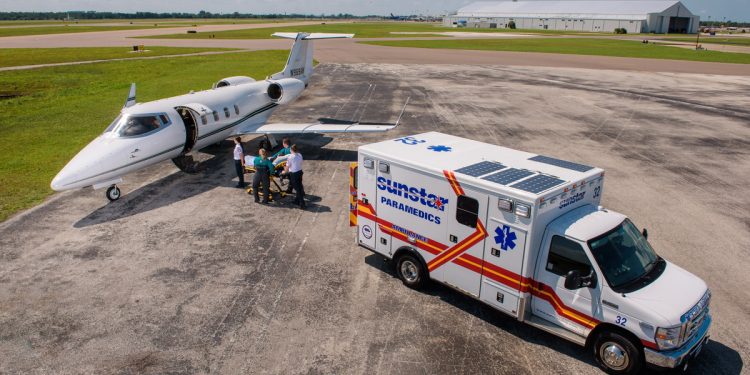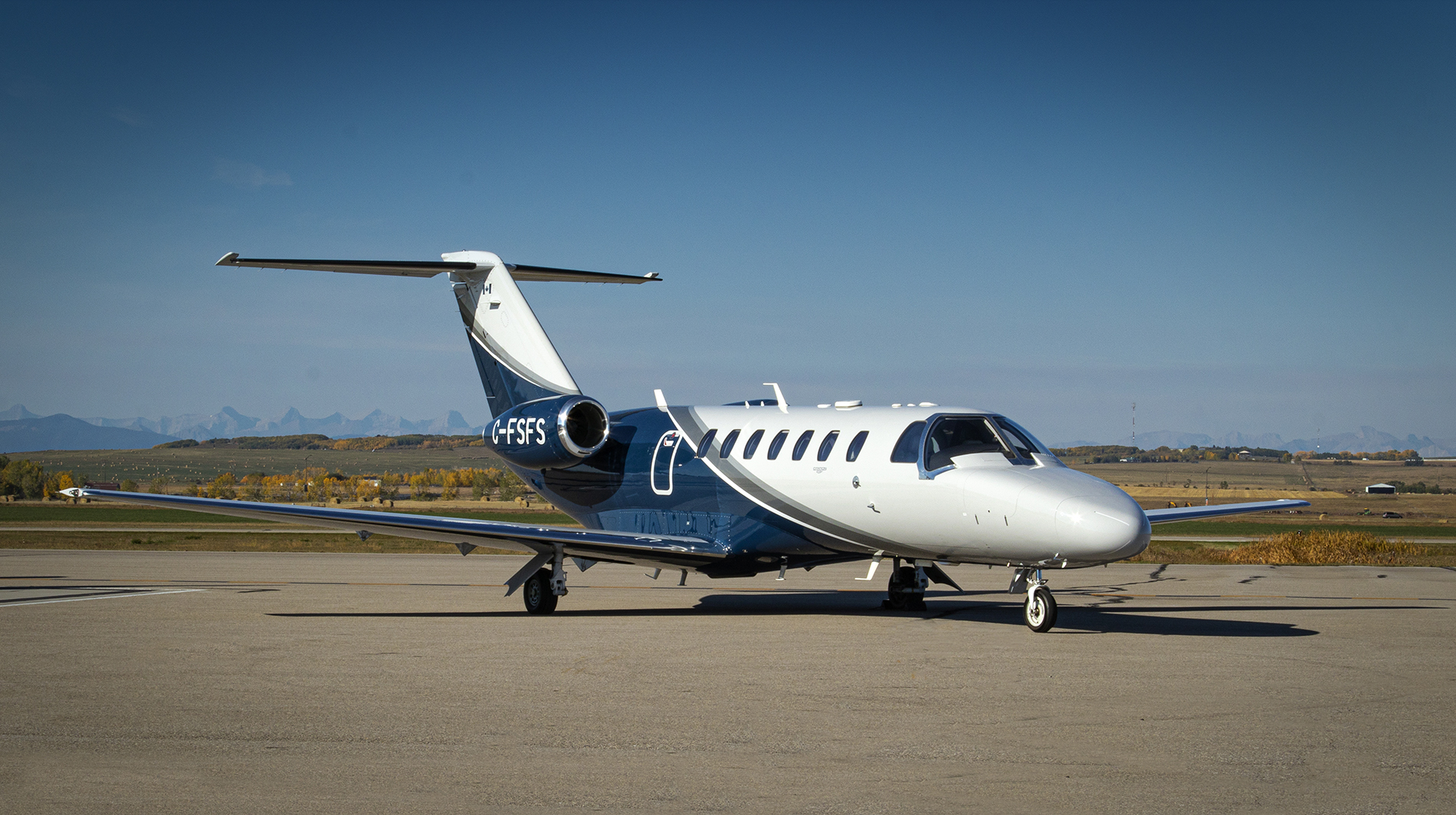The Evolving Landscape of Empty Legs in Private Aviation
In the dynamic world of private aviation, the concept of “empty legs” has emerged as a game-changer, transforming the way travelers access and experience the luxury of private jet travel. An empty leg refers to the return flight of a private jet after it has transported passengers to their destination, and its rise has significantly impacted the industry.
As the private aviation sector continues to evolve, the future of empty legs is poised to undergo a profound transformation, driven by technological advancements and shifting industry trends. From the integration of cutting-edge technologies to the emergence of new business models, the landscape of empty legs is set to undergo a remarkable evolution, shaping the way travelers access and experience the exclusive world of private jet travel.
Technological Advancements and the Future of Empty Legs
The private aviation industry has long been at the forefront of technological innovation, and the future of empty legs is no exception. As the industry continues to embrace and leverage new technologies, the booking, management, and utilization of empty legs are set to undergo a significant transformation.
Enhanced Booking Platforms and Data Analytics
One of the most significant technological advancements impacting the future of empty legs is the development of more sophisticated booking platforms and data analytics tools. These platforms are designed to provide travelers with real-time visibility into available empty leg flights, enabling them to quickly and easily compare options and secure their desired flights.
As these booking platforms evolve, they are integrating advanced data analytics capabilities, allowing for more accurate forecasting, dynamic pricing, and personalized recommendations. By leveraging machine learning and predictive analytics, these platforms can better anticipate and respond to market trends, ensuring that travelers have access to the most relevant and advantageous empty leg opportunities.
Moreover, the integration of artificial intelligence and machine learning within these booking platforms can lead to enhanced user experiences, with personalized recommendations and streamlined booking processes tailored to individual preferences and travel patterns. This level of personalization and efficiency can further drive the adoption and utilization of empty legs, making private jet travel more accessible and appealing to a broader range of consumers.
Automated Aircraft Positioning and Deployment
Another technological advancement poised to shape the future of empty legs is the integration of automated aircraft positioning and deployment systems. These systems leverage real-time data, machine learning algorithms, and advanced optimization techniques to optimize the positioning and deployment of private jets, ensuring that they are strategically placed to minimize the occurrence of empty legs.
By continuously monitoring factors such as passenger demand, flight patterns, and aircraft availability, these automated systems can make data-driven decisions to reposition private jets, proactively plan for upcoming flights, and minimize the number of empty leg flights. This optimization can lead to significant improvements in fleet utilization, reduced operational costs, and a lower environmental footprint for private aviation operators.
Furthermore, the integration of autonomous and semi-autonomous flight technologies can further enhance the efficiency of aircraft positioning and deployment, enabling private jets to autonomously reposition themselves to strategic locations, reducing the need for human intervention and the associated costs.
Blockchain and Distributed Ledger Technologies
The future of empty legs may also be influenced by the adoption of blockchain and distributed ledger technologies within the private aviation industry. These technologies can enable more secure, transparent, and efficient management of empty leg flights, as well as facilitate new business models and revenue-sharing arrangements.
Through the use of blockchain, private aviation operators can create decentralized platforms for the trading and exchange of empty leg flights, allowing for greater transparency, traceability, and trust among industry participants. This can lead to the development of new market mechanisms, such as peer-to-peer marketplaces and fractional ownership models, further enhancing the accessibility and affordability of empty leg flights.
Additionally, blockchain-based smart contracts can automate the management of empty leg bookings, reducing the administrative burden and errors associated with traditional processes. This can result in streamlined operations, improved customer experiences, and enhanced data integrity, all of which can contribute to the growth and evolution of the empty legs market.
Sustainable and Alternative Propulsion Systems
As the private aviation industry increasingly focuses on sustainability, the future of empty legs may also be shaped by the adoption of sustainable and alternative propulsion systems. The integration of electric, hybrid, and other low-emission technologies into private jets can have a significant impact on the environmental footprint of empty leg flights.
By leveraging these new propulsion systems, private aviation operators can reduce the carbon emissions and fuel consumption associated with empty leg flights, aligning with the growing demand for more eco-friendly transportation options. This shift towards sustainable technology can also open up new opportunities for the development of specialized empty leg services catering to environmentally conscious travelers.
Moreover, the integration of alternative propulsion systems, such as hydrogen fuel cells or advanced biofuels, can further enhance the sustainability of private aviation, positioning empty legs as a more environmentally responsible mode of transportation. As these technologies mature and become more widely adopted, the future of empty legs may be increasingly defined by their ability to contribute to a more sustainable private aviation landscape.
Emerging Industry Trends Shaping the Future of Empty Legs
In addition to technological advancements, the future of empty legs is also being shaped by various industry trends that are transforming the private aviation landscape. From the rise of new business models to the increasing emphasis on sustainability and environmental responsibility, these trends are poised to have a significant impact on the way travelers access and experience empty leg flights.
The Emergence of Fractional Ownership and Shared Ownership Models
One of the industry trends that is likely to shape the future of empty legs is the rise of fractional ownership and shared ownership models in private aviation. These models offer a more accessible and flexible alternative to traditional private jet ownership, allowing individuals and businesses to purchase a fractional share of a private jet or participate in a shared ownership arrangement.
As these models become more prevalent, the management and utilization of private jets, including empty legs, are expected to undergo a transformation. Fractional and shared ownership operators will need to optimize their fleet management and empty leg strategies to ensure the efficient and cost-effective deployment of their aircraft, catering to the diverse needs and preferences of their stakeholders.
Furthermore, the emergence of these models may also lead to the development of new marketplace platforms and exchange mechanisms, enabling the seamless trading and distribution of empty leg flights among fractional and shared ownership participants. This can enhance the accessibility and liquidity of the empty legs market, attracting a broader range of travelers and driving further growth and innovation.
Increased Focus on Sustainability and Environmental Responsibility
Another industry trend that is likely to shape the future of empty legs is the growing emphasis on sustainability and environmental responsibility within the private aviation sector. As concerns about the industry’s carbon footprint continue to rise, both consumers and regulators are demanding more eco-friendly practices and solutions.
In response to this trend, private aviation operators are increasingly exploring ways to minimize the environmental impact of their operations, including the management of empty leg flights. This may involve the adoption of more fuel-efficient aircraft, the use of sustainable aviation fuels, and the implementation of carbon offset programs specifically tailored to empty leg flights.
Moreover, the future of empty legs may also be influenced by the development of specialized “green” empty leg services, catering to environmentally conscious travelers who prioritize the reduction of their carbon footprint. These services may include the promotion of empty leg flights with lower emissions, the bundling of carbon offsets, and the integration of sustainable ground transportation options for a more holistic eco-friendly experience.
As the demand for sustainable transportation options continues to grow, the private aviation industry’s ability to address the environmental concerns associated with empty legs will be a critical factor in shaping the future of this market.
Changing Consumer Preferences and Expectations
The future of empty legs is also likely to be influenced by the evolving preferences and expectations of private aviation consumers. As the market becomes more diverse, with a broader range of travelers seeking access to private jet services, the industry will need to adapt to cater to these changing demands.
One emerging trend is the increasing emphasis on flexibility, personalization, and on-demand service within the private aviation industry. Consumers are seeking more agile and customizable travel experiences, and the management of empty legs can play a crucial role in meeting these expectations.
By leveraging technology-driven platforms and data-driven insights, private aviation operators can offer more dynamic empty leg booking options, tailored to individual preferences and travel patterns. This could include the ability to quickly adapt travel plans, access last-minute empty leg opportunities, and seamlessly integrate private jet travel with other modes of transportation.
Additionally, the future of empty legs may be shaped by the growing demand for more personalized and bespoke experiences. Consumers are increasingly seeking private aviation services that cater to their unique needs and preferences, from customized in-flight amenities to personalized ground transportation and concierge services.
As the private aviation industry responds to these evolving consumer trends, the management and utilization of empty legs will become increasingly integral to delivering the exceptional experiences that today’s travelers expect.
The Convergence of Trends and Technologies: Shaping the Future of Empty Legs
As the private aviation industry continues to evolve, the convergence of technological advancements and emerging industry trends is poised to have a profound impact on the future of empty legs. This convergence will create new opportunities, transform business models, and redefine the way travelers access and experience the exclusive world of private jet travel.



